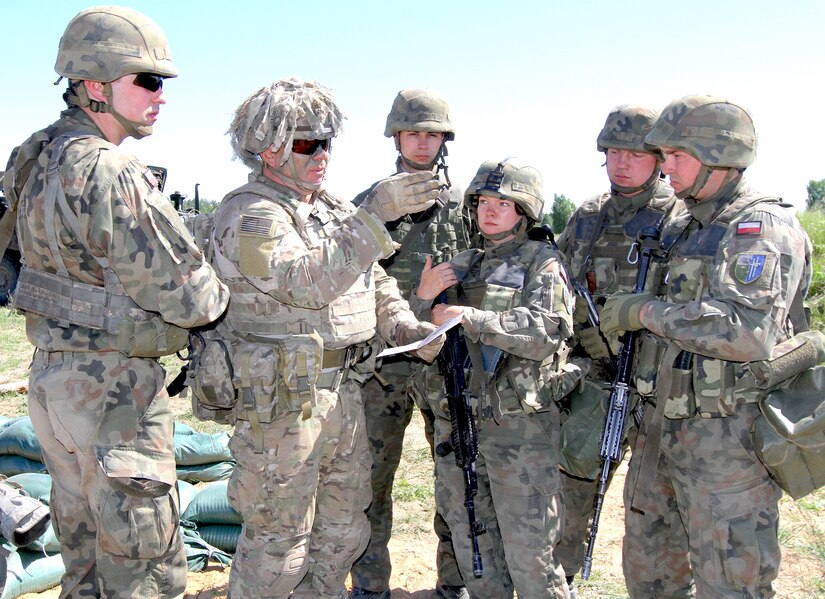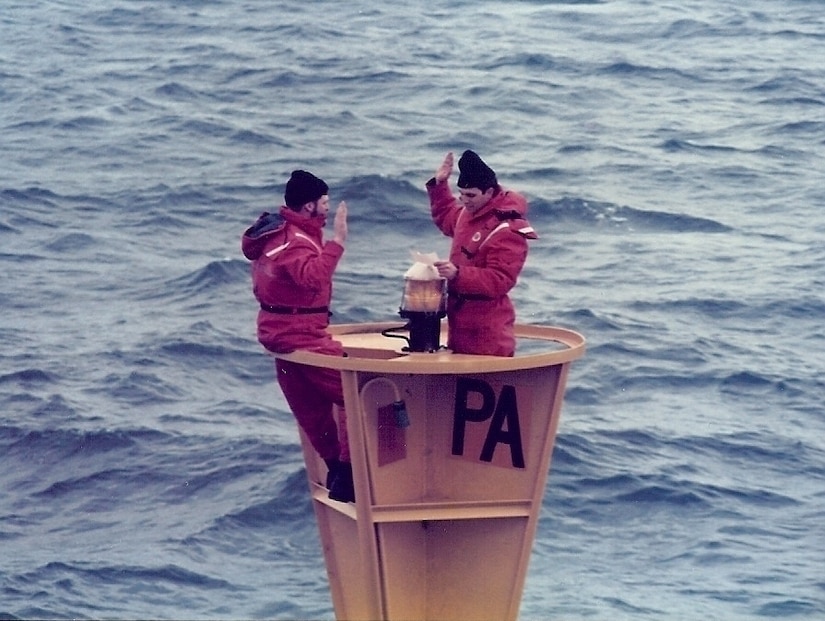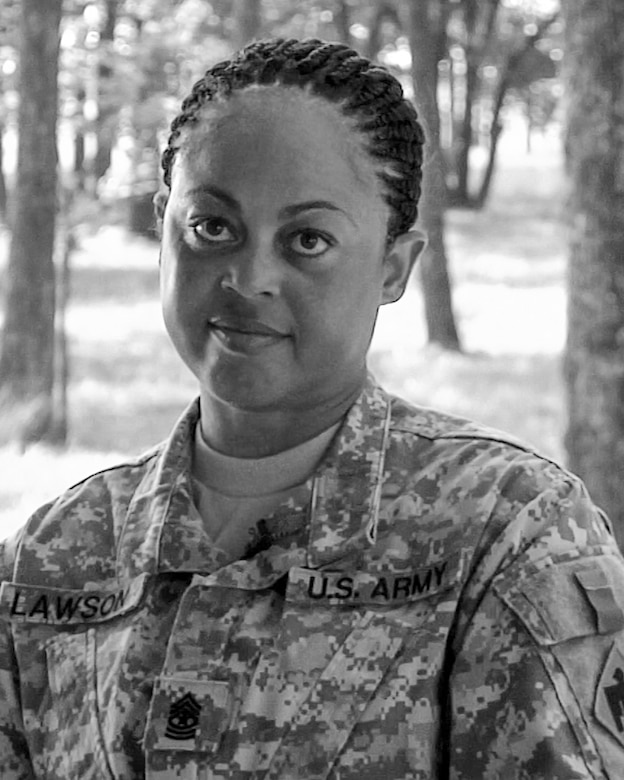By Army 1st Lt. Erica Mitchell, Battle Group Poland
BEMOWO PISKIE, Poland -- As this year’s U.S. Army Europe-led
Saber Strike 18 cooperative training exercise comes to an end, soldiers from
NATO's Enhanced Forward Presence Battle Group Poland reflected on training,
partnerships and interoperability.
“Through Saber Strike, I have learned that together, we are
NATO. Once again, this multinational exercise has proven that all participating
nations are strongly involved to achieve the same goal,” said Romanian 1st Lt.
Alexandru Calinescu, specialist officer, Air Defense Detachment, Blue
Scorpions, Battle Group Poland.
Enhancing Interoperability
Not only designed to enhance interoperability among allies
and regional partners, this year’s exercise also focused on improving air and
land operational capabilities with an additional key objective to train with
NATO's Enhanced Forward Presence battle groups.
Battle Group Poland is uniquely comprised of U.S., U.K.,
Croatian and Romanian Soldiers, who serve with the Polish 15th Mechanized
Brigade as a defense and deterrence force in northeast Poland.
Saber Strike 18 began with combined situational training
exercises aimed to teach soldiers specific skills, tactics and battlefield
techniques of the participating nations, giving soldiers the opportunity to
learn from one another.
“This exercise allows us to work with the coalition forces
of Battle Group Poland giving us the chance to learn how they move around the
battlefield, how they communicate on the radio, how they send fire missions and
ultimately understand their standards to send fires downrange,” said Army Staff
Sgt. Dustin Peterson, a mortarman from Headquarters and Headquarters Troop, 1st
Squadron, 2nd Cavalry Regiment.
An integrated, synchronized, deterrence-oriented field
training exercise designed to enhance interoperability and improve readiness of
Battle Group Poland culminated the 12-day exercise.
“As a member of the Fire Direction Center, I am aware of the
importance of rapid and accurate fire support, in a complex multinational
exercise such as Saber Strike 18. We have learned how to adjust to different
nations’ tactics, techniques and procedures in order to become interoperable
and to perform our tasks efficiently,” said Croatian Pvt. Domagoj Sabolek, Fire
Direction Center, Mobile Multiple Rocket Launcher Battery, M-92 Vulkan.
Participation in multinational exercises such as Saber
Strike enhances professional relationships, military capabilities and improves
overall coordination with allies and partner militaries to conduct a full
spectrum of military operations, officials said.
“Like our commander said, the five participating nations in
Battle Group Poland are like the fingers of a hand, if there is need, we strike
together like a fist,” said Capt. Anna Bielak-Pestka, press officer for
Poland’s 15th Mechanized Brigade. “After this exercise, we can truly say that
interoperability between the Enhanced Forward Presence Battle Group Poland and
the 15th Mechanized Brigade soldiers is on the highest level and we are a ready
force.”










